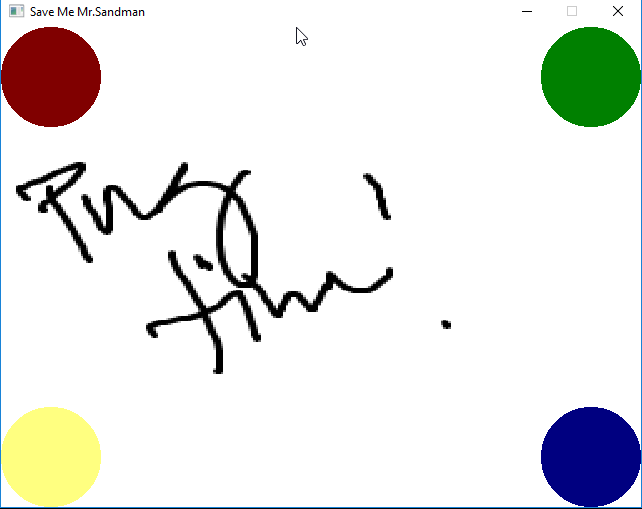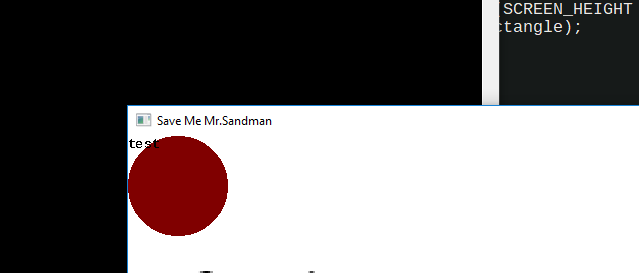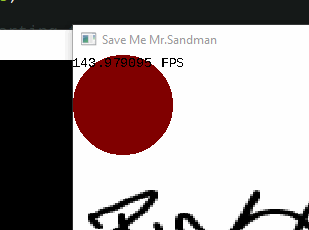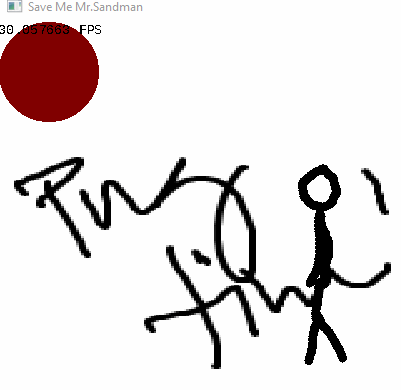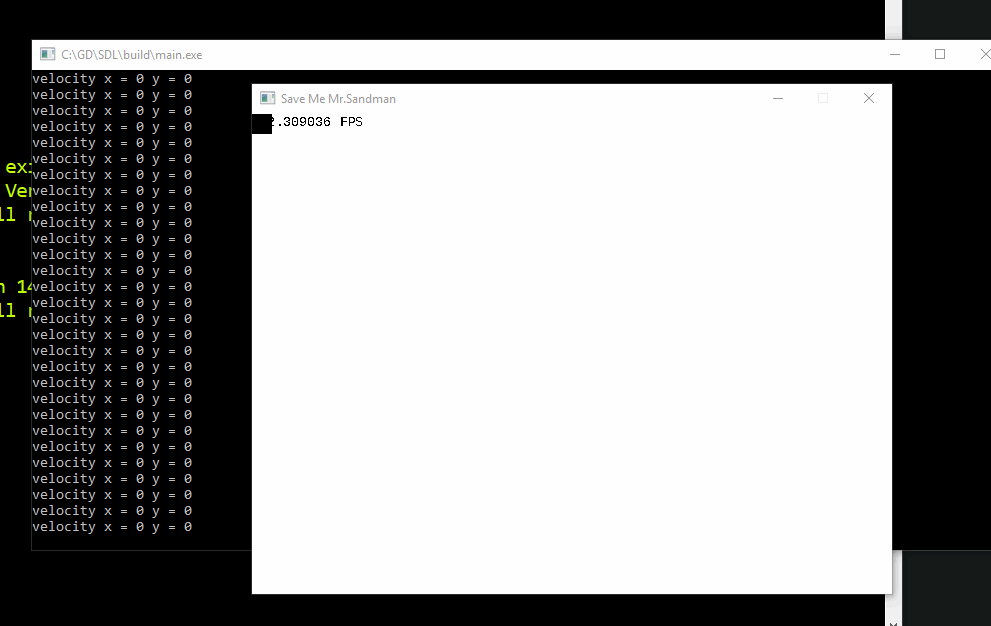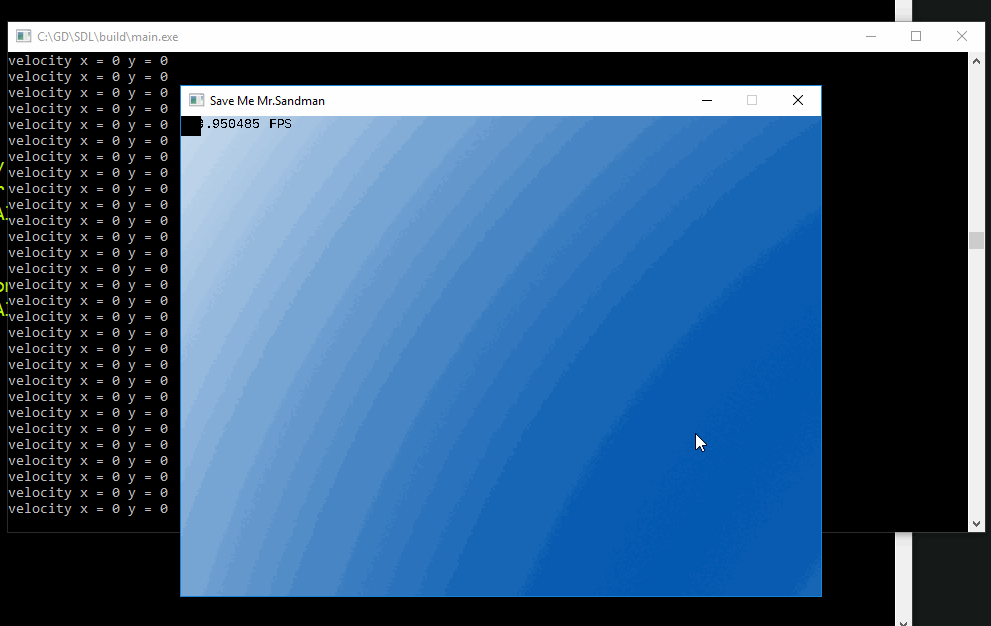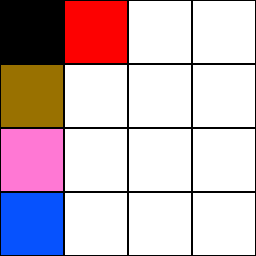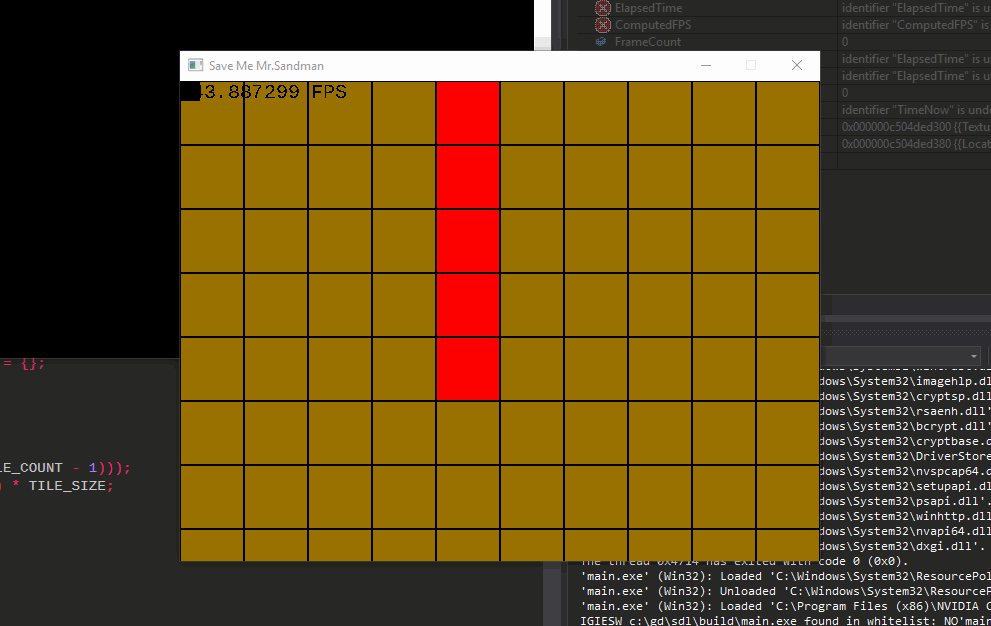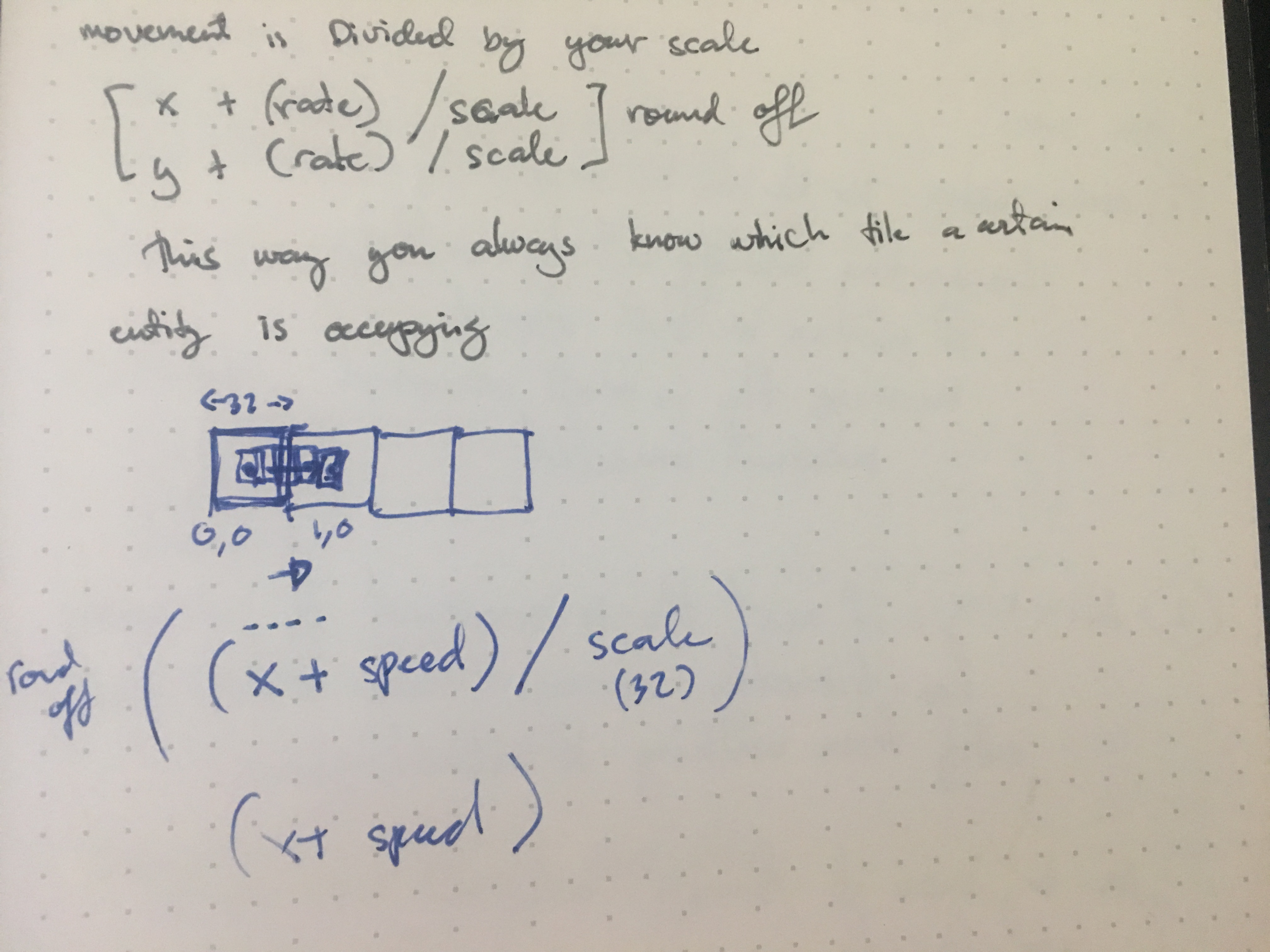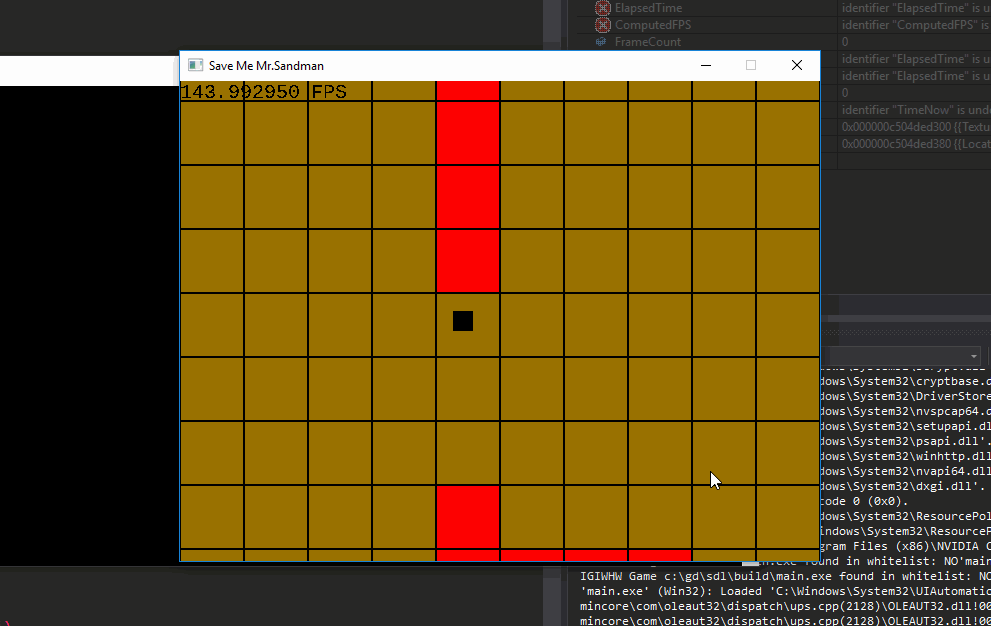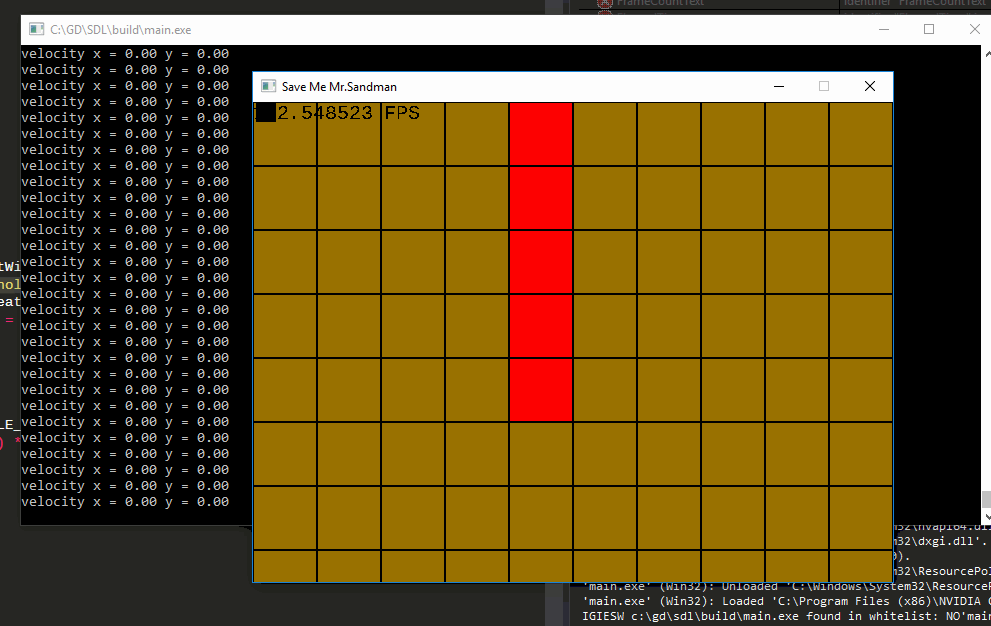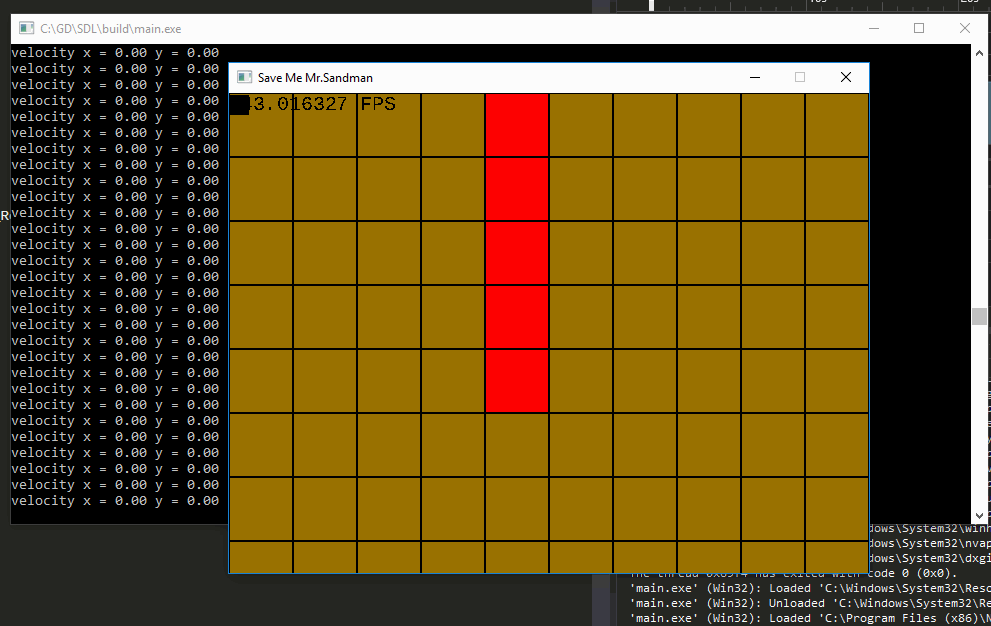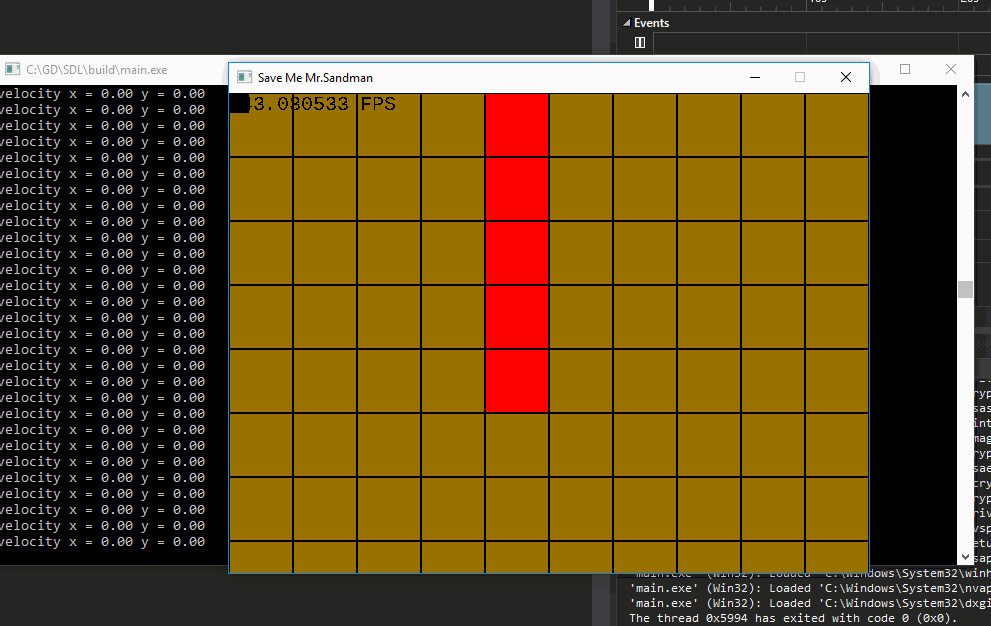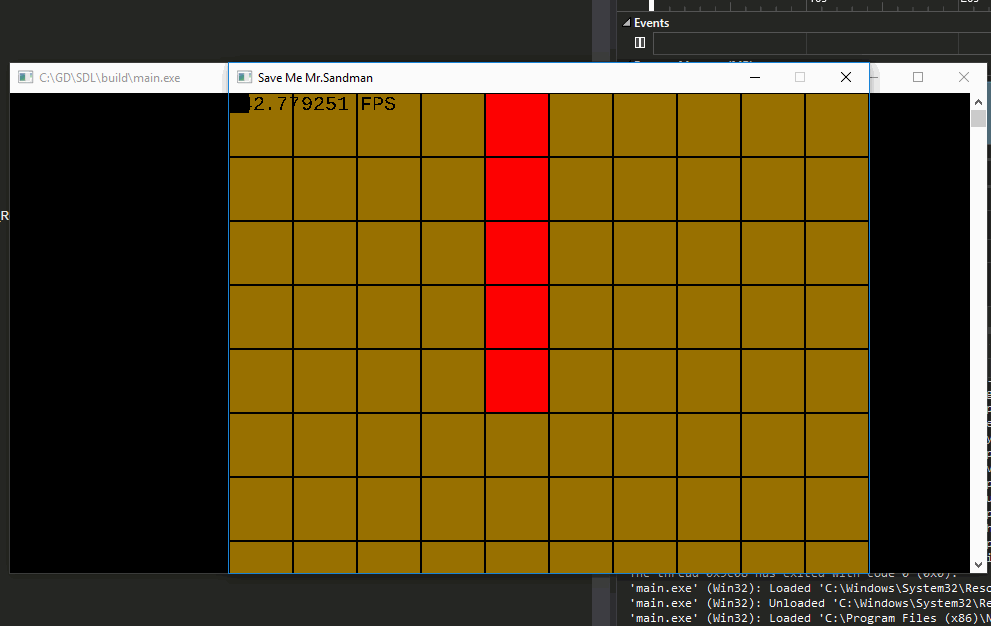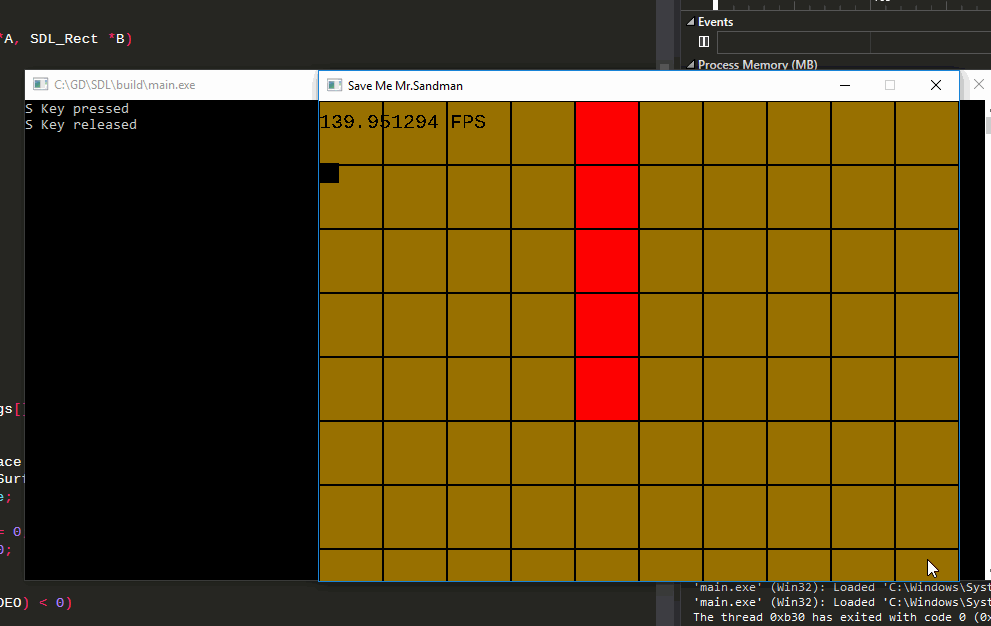Better late than never to get started in the game jam! So for this first game of mine, I'll be working with the theme "Dreams". The basic premise of the game is you are Mr Sandman and your task is to put all the kids in the neighborhood to sleep with good dreams using your dust. You'll be racing against the Boogeyman who's giving the kids nightmares. Here are some of the other challenges you may be facing:
1) You cannot confront the Boogeyman. He will corrupt you and it's game over.
2) you have limited dust to which you need to regenerate (still wip on how to do this)
3) kids have a level of sleep. they need to be in a certain level (5 z's for example) in order for them to start dreaming. you will have to wait for them to be in a deep enough sleep before you can start giving them a dream.
4) some things may hinder them from going to sleep like ("maybe a monster in the closet or under the bed). you'll need to deal with those before they can start going to sleep more soundly.
5) kids already with nightmares must be transformed into having good dreams. this takes more dust and time to change. So you'd want to get there first before the boogeyman starts giving bad dreams to (haven't decided yet) either get a better score or better time.
That's it so far with what I have. Now on to coding! more to come soon!
Update 1:
So the day was spent mostly getting the setup (window, keyboard input, putting images on screen) working as I learn a new library. I guess this is a good time as any to also share some of my goals and intention for joining the jam.
- I wanted to take a chance in trying to work with just frameworks/libraries in order to build a game. As I wanted to take a break from using C#/Java (of which I use heavily for work), I wanted to get my hands dirty with C/C++ again.
- Prior to this jam, I've been heavily inspired by the awesome stream (Handmade Hero) to make my own engine and make a game from that. Of course two weeks is not enough, but I can at least get there halfway by using the language I plan to learn and get comfy with it.
- If it were any other jam (which usually are 48 hours), I believe I wouldn't have really the opportunity to join one where it's safe for me to experiment too as well as learn and be able to talk to others in the same boat as I am, making their first game.
So with that in mind, I have decided to use C/C++ as my choice of language with SDL2 as my main library to help me make this game. The entire day was spent really getting used to the library and seeing how I may be able to achieve things. So these are the first few steps I have been able to achieve for today:
- Create a Window that i can display things and also close correctly:
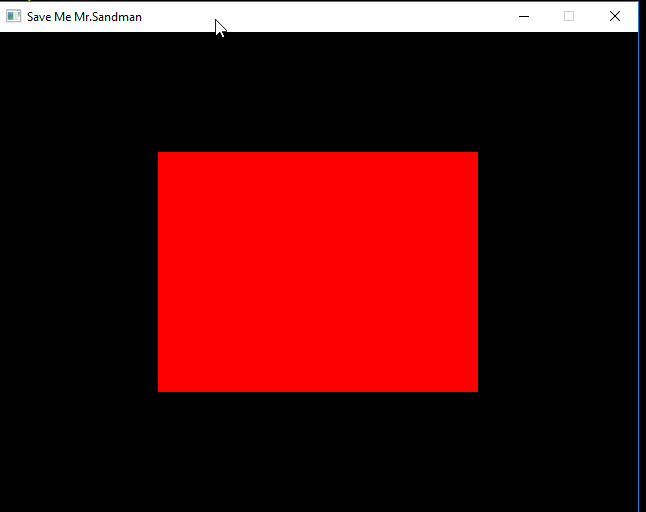
- Learn the different primitives I can draw with the library (Line Draw, Rectangle Draw, Point Draw)
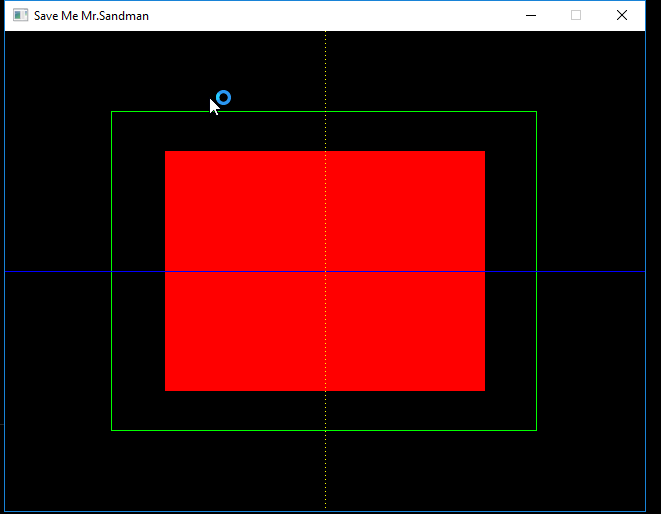
- I started trying to get inputs from the keyboard and just print it on the console to see that i'm able to read them
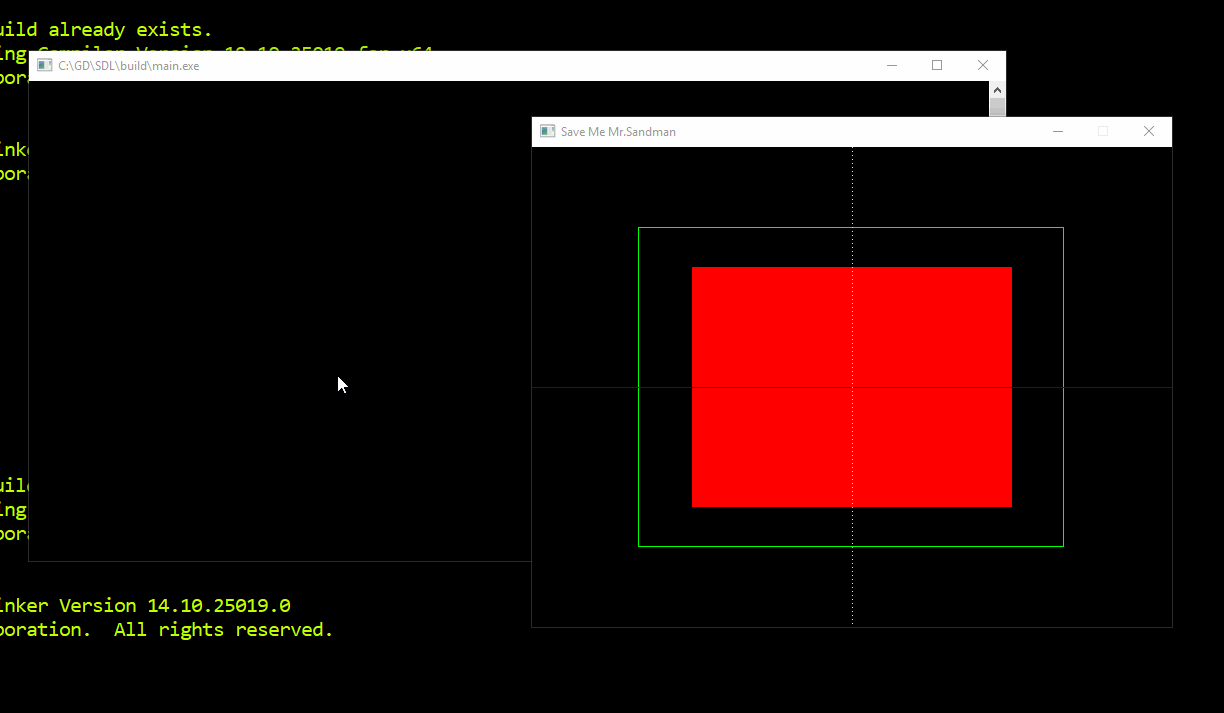
- and finally get my first image from file on screen
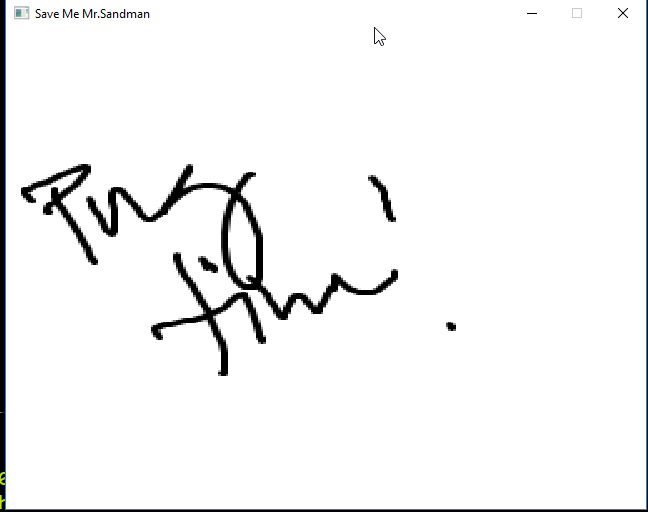
Also, I've finished setting up my source control system (Git on Bitbucket) to setup myself for success and ensure that I won't lose any work that I have already done, or can undo something if I've screwed up my code badly.
Nothing really exciting done today but just the foundational drudge work that needs to happen for me to get to the more interesting parts. But with every small step I take, I'm enjoying it a lot!
Things I plan to accomplish tomorrow:
- Get an animated placeholder character on screen
- Get to move said animated character based on keyboard input (and hopefully controller too)
- setup basic collision between two objects
- make some placeholder artwork to place into the game
- get a rough small room/floor setup to get a feel of what the game will look like
Something to Consider down the road if there's still more time
- consider procedural generation for the neighborhood and home setups.
- if there is procedural generation, allow to keep the seed to regenerate the same setup so that players can share the same setup with friends and compete for best time/score or something like that.
Till the next update!




